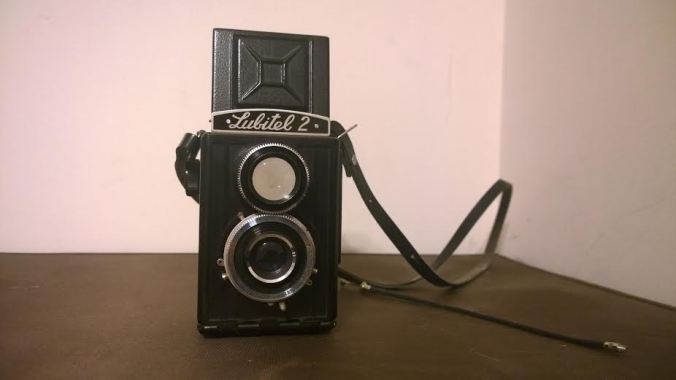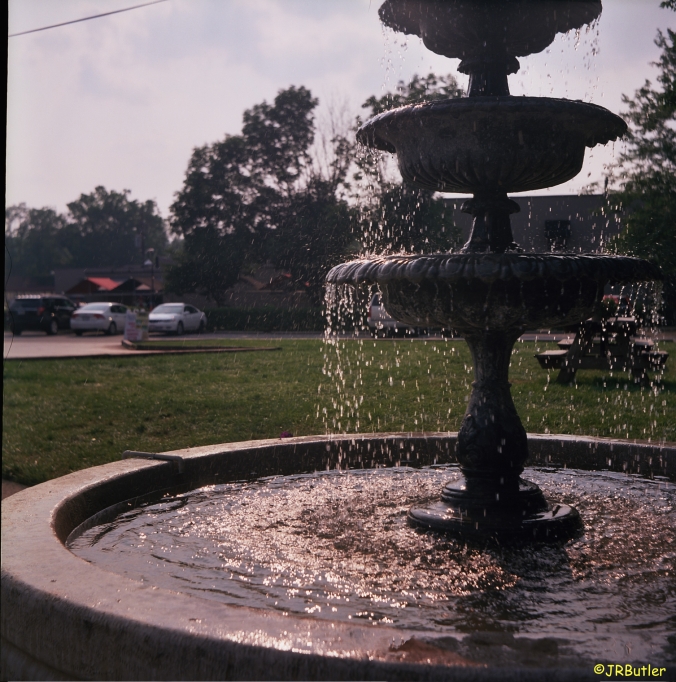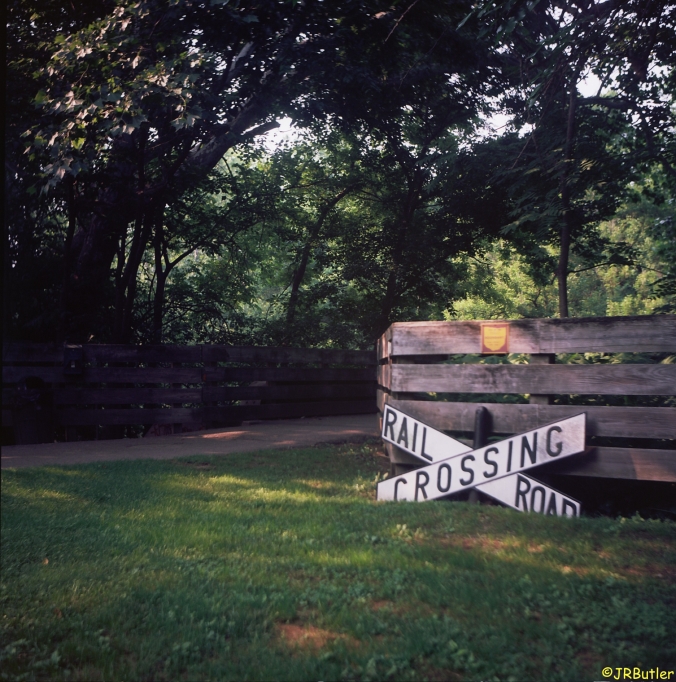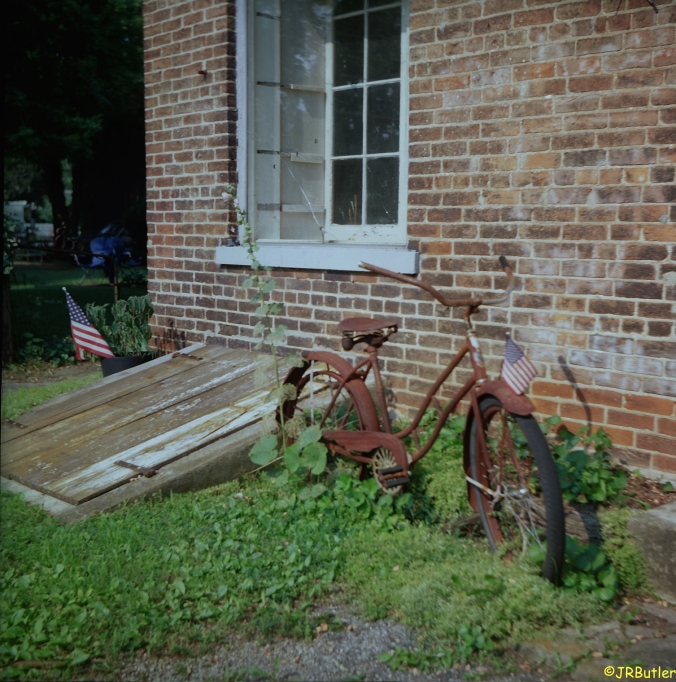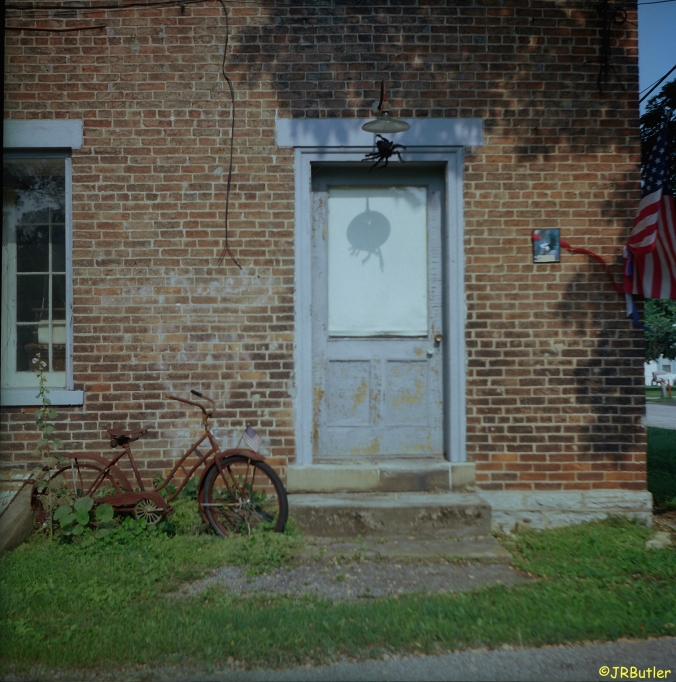After deciding that I was having a blast with my two little Nikons, I decided I wanted to do something a little bit different, and explore beyond 35mm film. Besides, what’s the best thing someone can do when they haven’t mastered what they have?
Learn something new! I’m glad you see it my way.
So I decided to explore medium format film, specifically, 120 format. To do this, I was going to need a camera.
The most common medium format camera is a Hasselblad. These are amazing cameras that last a long time, have stupid good optics, and carry a hefty price tag. Far above and beyond what I’m willing to spend on this hobby. So what is a man to do?
Look for a cheaper option. And fortunately, I found one. And she comes from behind the Iron Curtain, komrade!
This twin lens reflex black box is called the Lomo Lubitel 2. It’s one of my dads many strange cameras. As with most things Soviet, over 2 million of these cameras were made between 1954 and 1980. They are simple, tricky and easy to love cameras.
Designed on a budget, built on a budget, and sold to people on a budget, the Lubitel was one of Mother Russia’s efforts to bring creativity back to life in Russian culture. Using the incredibly high quality 120mm film format, the Lubitel reached everyone who even thought that maybe they wanted to take a photograph.
It has no light meter. You need to carry an external. I used a Gossen Pilot 2 from the ’60’s for the shots below, and more to come. Imagine that. A Russian camera, shooting American film, with an American photographer, using a German light meter. And my next roll of film is Japanese. Good grief, what a hodge-podge.
The lens on the Lubitel is very sharp, but very limited. It’s not difficult to find lighting conditions that the lens can’t handle. You also can’t get too close to your subject, because the lens has troubles with macro photography.
The top down view finder has no focus aiding lines. If your vision is iffy, wear glasses. Otherwise your shots will be blurry. The shutter release is on the bottom right of the main lens. A small little lever, inconveniently placed next to the shutter primer. To see how far to advance your film, there is a small red window on the back of the bakelite body that is so dark, you almost need a 100 LED flash light to see how far you’re advancing the film. Which you do manually, by a small crank on the side of the body. And it is not the easiest crank to turn; it literally feels as if the camera is trying to make you spin around it. Apparently In Soviet Russia, film advances you!
Despite how horrible this sounds, and how horribly I’ve described the experience, the Lubitel is a camera you fall in love with after shot one. Because she demands your complete attention. You need to think about your image and the composition even more than normal. Instead of a large rectangle, you’re staring into a square. Beyond that, the image in the finder is reversed. Up is down. And as Captain Jack Sparrow said, “Well that’s just maddeningly unhelpful!”
But you learn more from one 12 shot roll of 120 film with the Lubitel then I learned with all the shots I’ve taken on my EM and N65. She demands you compose. She demands you understand the importance of the lighting. She demands you be patient. She demands you be confident about your shot. Again, in Soviet Russia, camera controls you!
So here are the best shots I got with this venerable Russian lady. For film, I used Kodak Ektar 100 film, 120mm.
